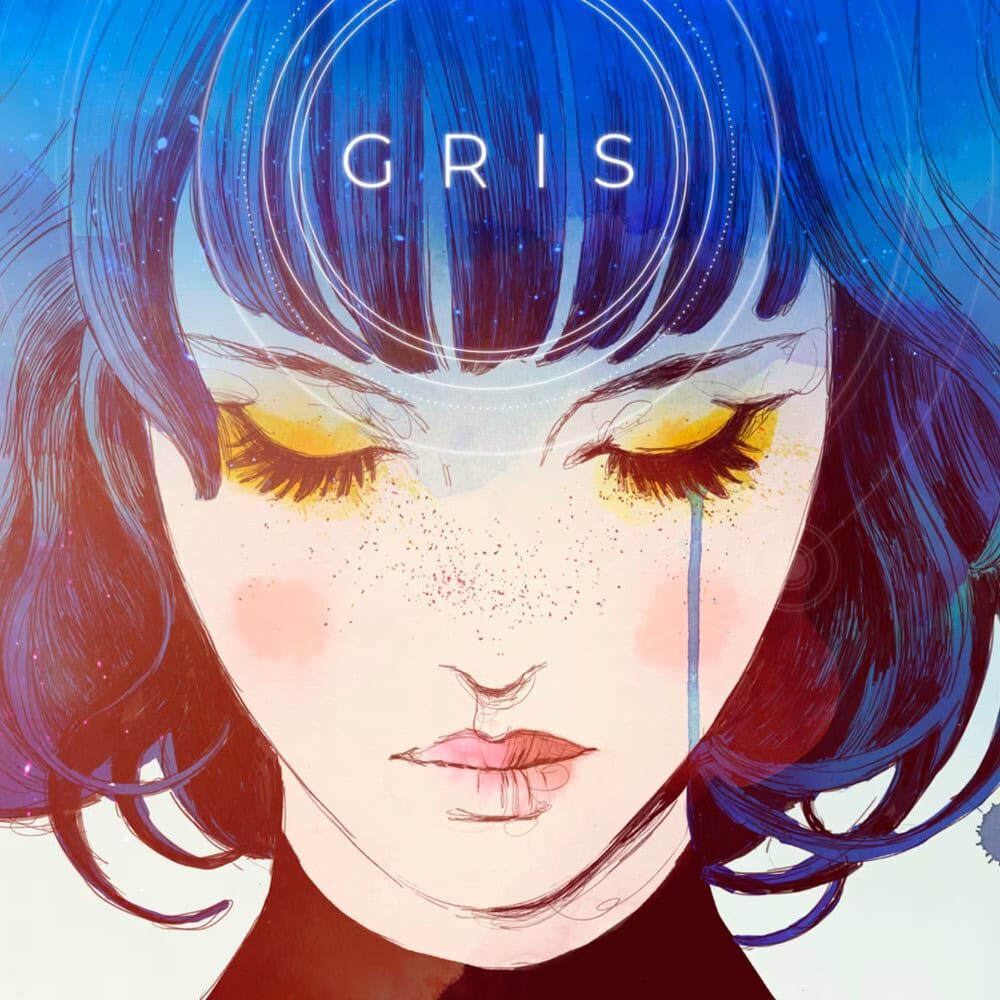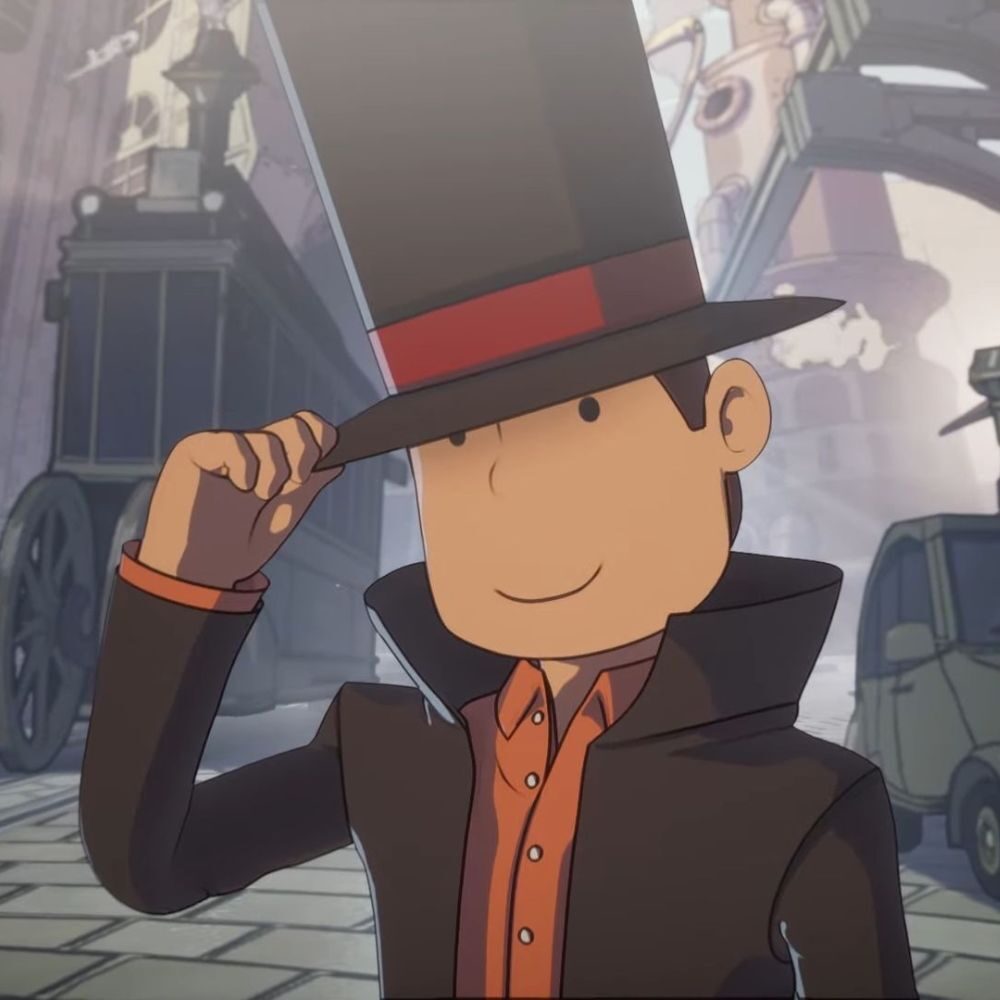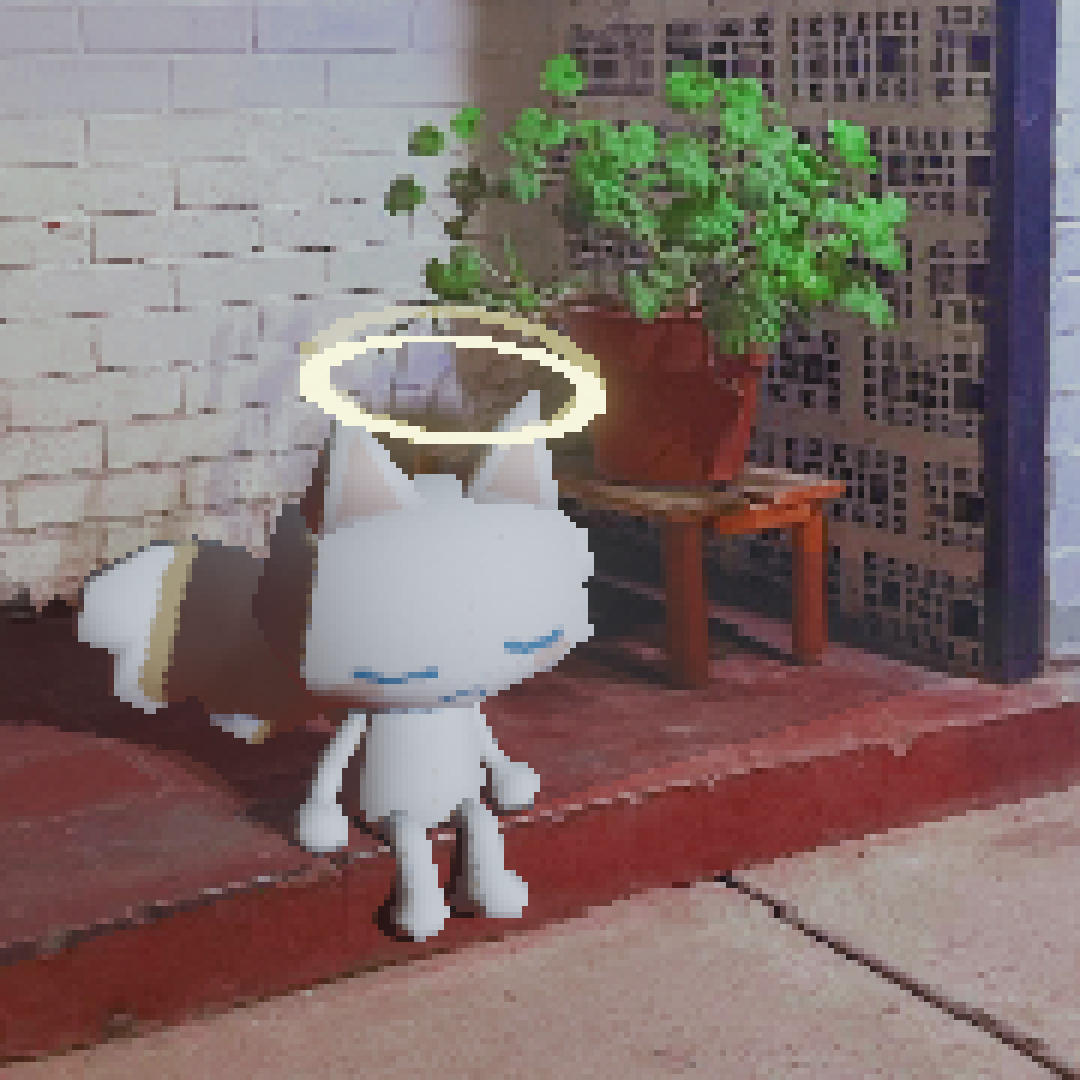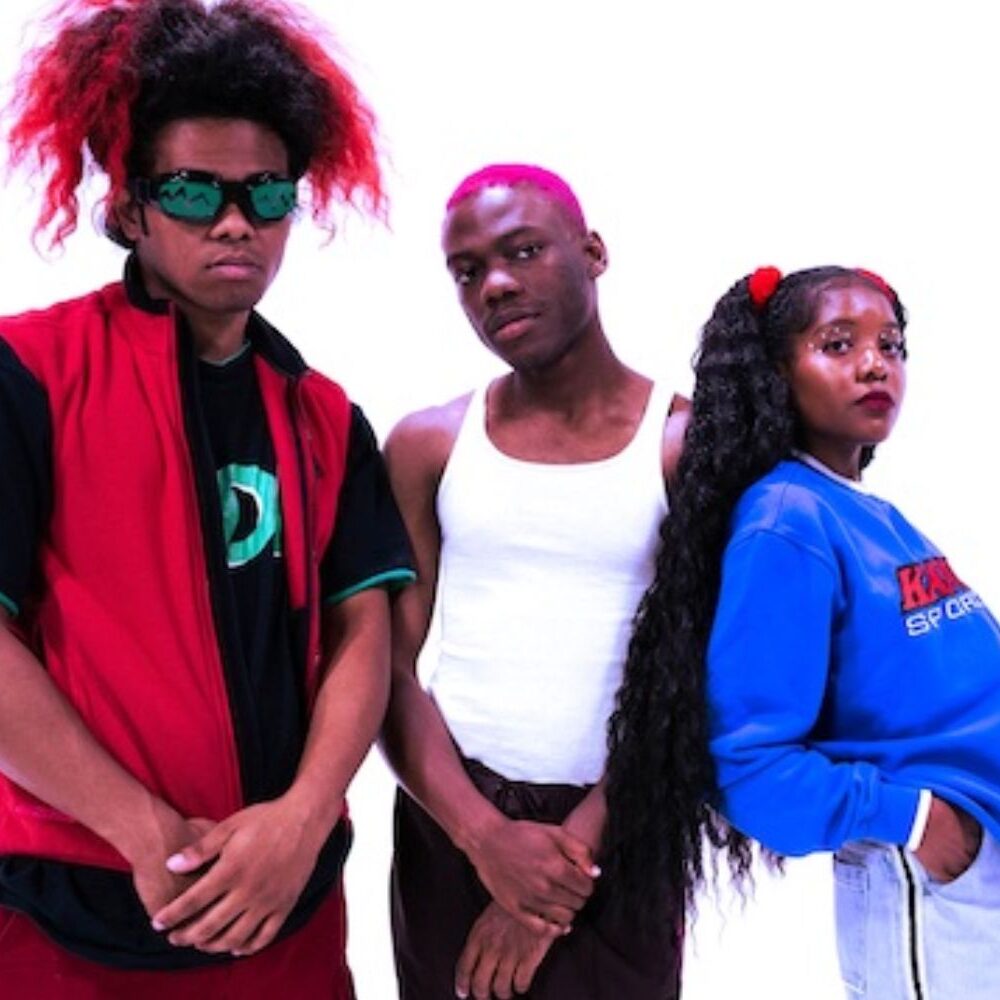A Palette of Emotions Painted in Silence.
Written by Calypso Morgan
Imagine a young girl perched on the hand of a statue, trying to sing but unable to. Suddenly, everything around her crumbles, and she plummets from the sky, landing in a barren white landscape. With nothing but the sound of wind on the horizon, her journey begins.
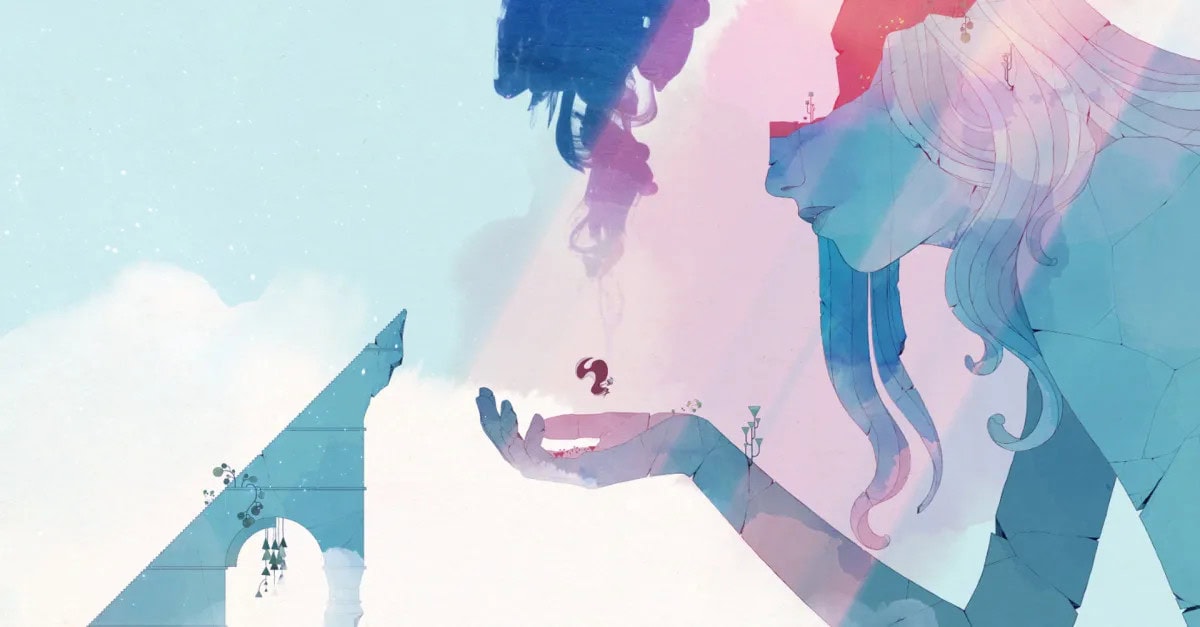
Before we delve deeper into Gris, please be aware that this discussion contains spoilers for the game. If you haven’t played it yet, consider this your warning.
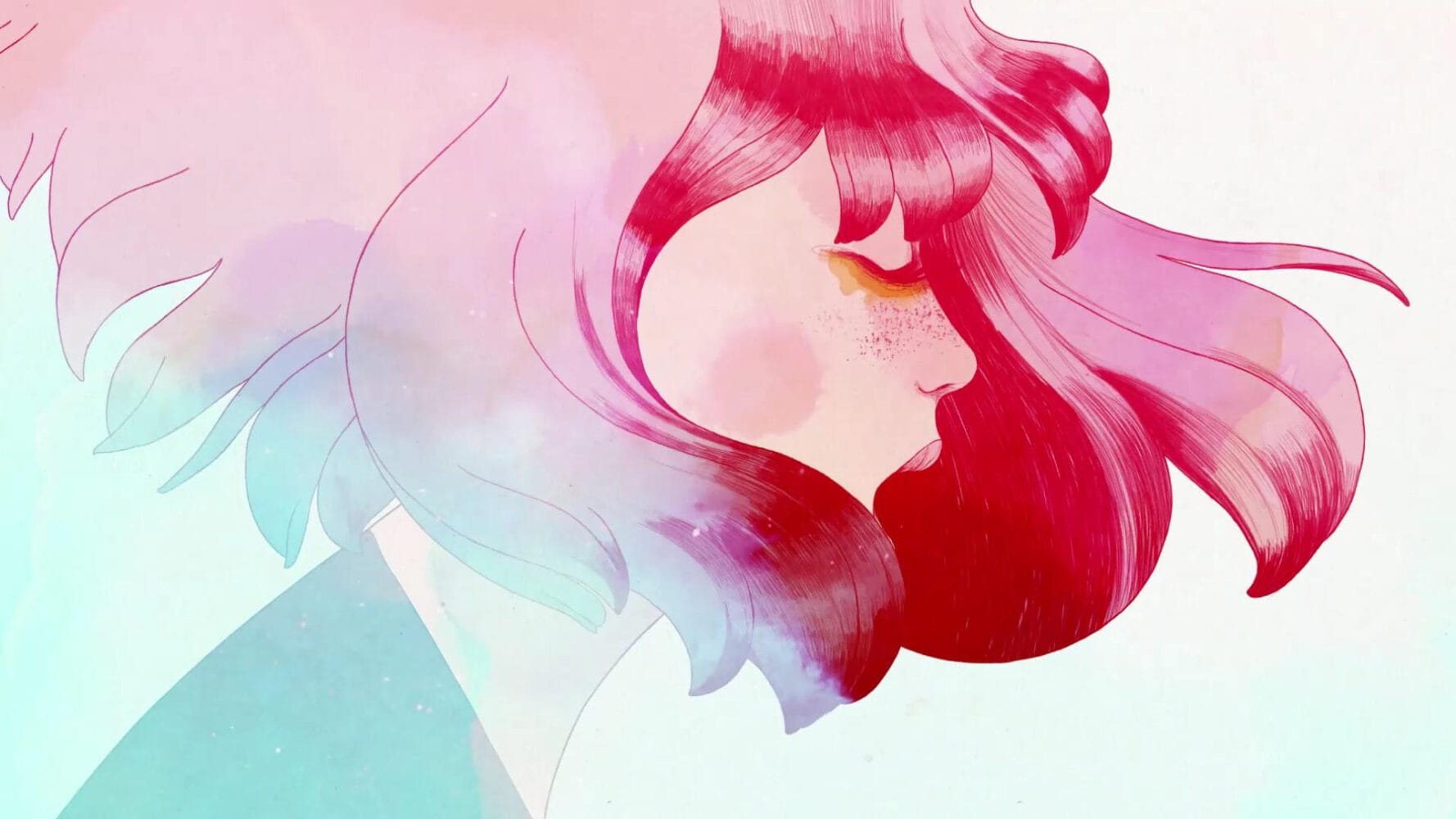
Gris is a poetic platform-adventure game developed by Nomada Studio. What first drew me to the game was its breathtaking watercolor visuals and the simple yet evocative design of the protagonist—who reminded me of a flower petal. But as I played, I became captivated by more than just the visuals: the story, the music, and the overall experience, though melancholic, made the game’s brief six-hour runtime deeply memorable. That’s why I felt compelled to write about it.
The game is devoid of dialogue or an explicit plot, instead relying on colors, landscapes, statues, and music to “sing” its story. There’s no “game over” here—our protagonist journeys through levels dominated by specific hues in the watercolor landscape. As she progresses, she regains abilities like running, jumping, fortifying herself, gliding, and, finally, singing once more. These abilities help her solve puzzle-platforms and continue her emotional journey. For instance, at one point she becomes heavy to avoid being blown away.

___STEADY_PAYWALL___
Gris beautifully addresses the natural process of grief, using its poetic visuals to represent the stages of sorrow. Each color reflects a different stage of loss: grey for denial, red for anger, green for bargaining, blue for depression, and finally, yellow for acceptance. Music plays a crucial role in narrating the story, evolving as the protagonist regains her abilities and her journey unfolds.
With no spoken words, the game relies on its visual and auditory storytelling. This mirrors how we often process our own grief—especially when words fail us. The statues scattered throughout the game can be interpreted in various ways: they could represent the person the protagonist grieves for, or they might symbolize how we can sometimes feel trapped, like statues, reliving the same pain again and again.
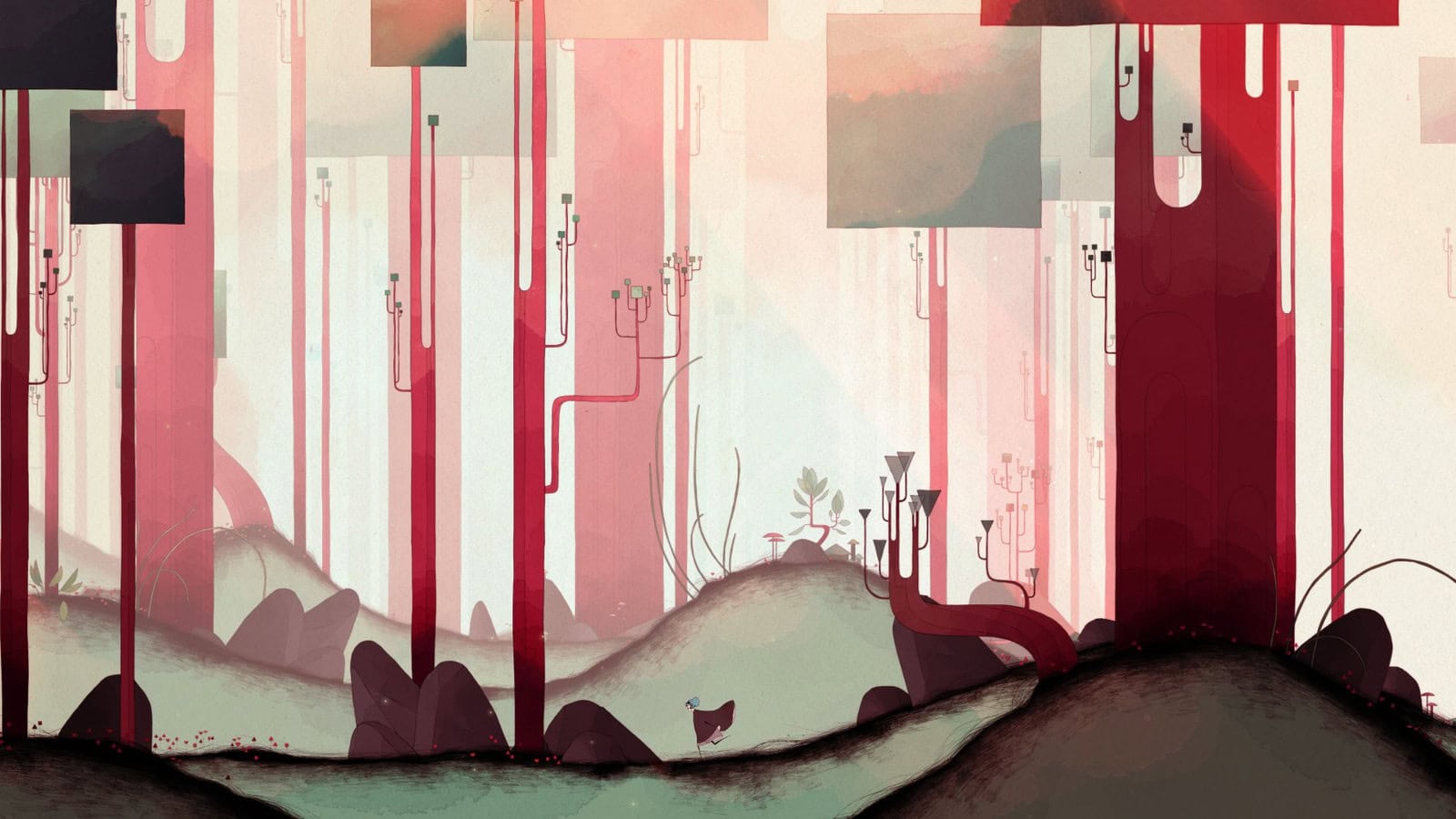
During her journey, the protagonist faces an ominous creature that takes different forms—dark butterflies, a black bird, a shadowy eel, and eventually a massive version of herself made from black ink. This imagery reminded me of how a drop of ink spreads across a wet painting, consuming the colors around it. The darkness threatens to drown the girl, symbolizing the suffocating nature of depression. But Gris reminds us that, even though these moments are overwhelming (and yet visually stunning), they are not the end. The protagonist pushes back the darkness with her song, and as she sings, the world blossoms around her, filled with beauty, though tinged with melancholy. The statue from the beginning, once shattered, is restored. The girl embraces it—this is not a reunion, but a farewell.
Earlier, I mentioned the absence of spoken words in Gris—except for the soft melody of the protagonist’s song. The game teaches us that grief is a universal experience, one that doesn’t always require words. Sometimes, words alone aren’t enough to process loss. There is no “correct” way to navigate grief, but it’s crucial not to let it consume us entirely.
Enjoyed this story? Support independent gaming and online news by purchasing the latest issue of G.URL. Unlock exclusive content, interviews, and features that celebrate feminine creatives. Get your copy of the physical or digital magazine today!

